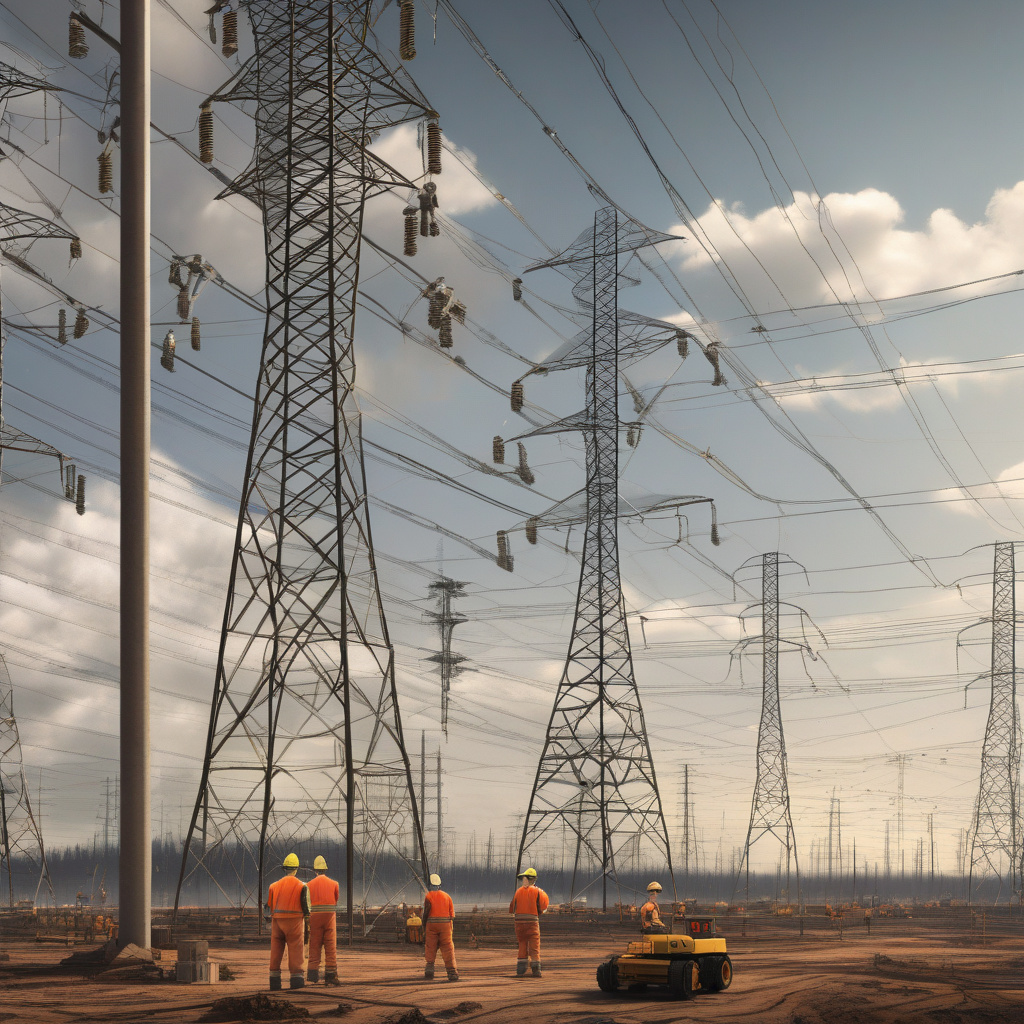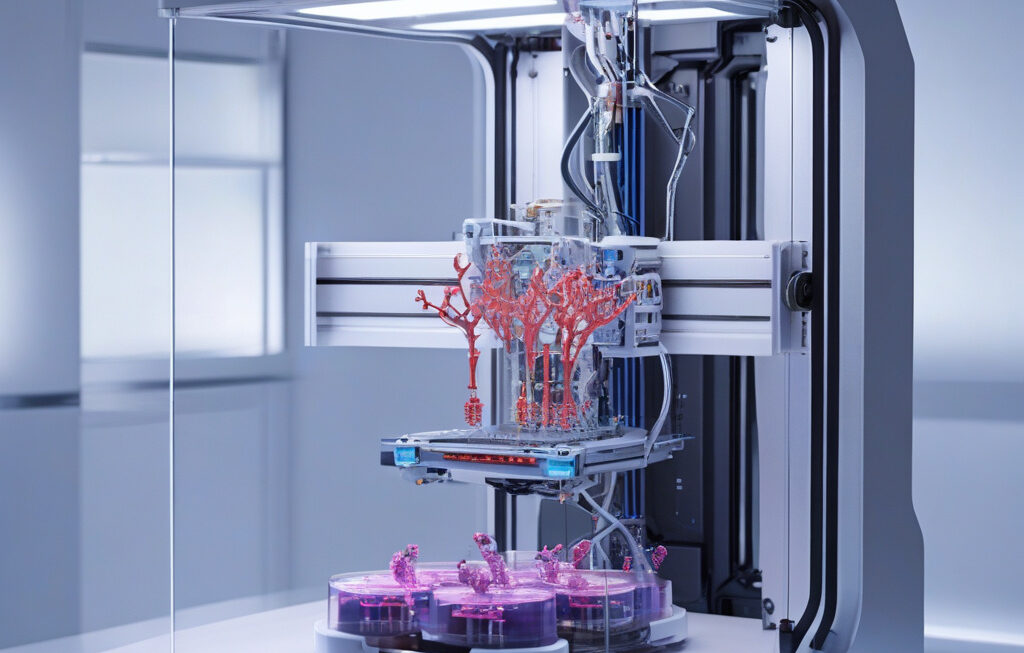Power Grid Spending Surges as US Braces for Data Centre and AI Boom
The landscape of technology in the United States is rapidly changing, with a significant surge in utility investment expected to fuel the growth of data centers and artificial intelligence (AI). As the demand for digital storage and processing power continues to increase, the power grid is facing unprecedented strain, prompting a wave of spending to upgrade and expand its capabilities.
Data centers are the backbone of the digital economy, serving as the nerve centers that store, manage, and distribute vast amounts of data. With the rise of cloud computing, big data analytics, and the Internet of Things (IoT), the need for data centers has never been greater. As more businesses and consumers rely on digital services for everyday activities, from streaming videos to online shopping, the demand for data storage and processing capacity is skyrocketing.
At the same time, artificial intelligence is driving innovation across industries, from healthcare to finance to transportation. AI technologies, such as machine learning and deep learning, require massive computational power to process complex algorithms and deliver real-time insights. As companies invest in AI to gain a competitive edge and improve decision-making, the demand for high-performance computing is driving up electricity consumption.
To meet the growing needs of data centers and AI applications, the US power grid is undergoing a significant transformation. Utility companies are ramping up their investments in infrastructure upgrades, grid modernization, and renewable energy sources to ensure a reliable and resilient power supply. By investing in advanced technologies, such as smart grids, energy storage systems, and microgrids, utilities are enhancing grid stability, efficiency, and flexibility.
One of the key challenges facing the power grid is the need to balance supply and demand in real time. Data centers and AI workloads can place sudden and intense demands on the grid, leading to issues such as overloads, outages, and voltage fluctuations. To address these challenges, utilities are deploying grid-edge solutions, such as demand response programs and distributed energy resources, to optimize energy use and mitigate peak demand.
Moreover, the shift towards renewable energy sources, such as solar and wind power, is reshaping the energy landscape and driving investments in grid modernization. By integrating renewable energy into the grid, utilities can reduce carbon emissions, increase energy efficiency, and enhance grid reliability. In addition, energy storage technologies, such as batteries and flywheels, play a crucial role in balancing supply and demand, storing excess energy during off-peak hours for use during peak periods.
As the US braces for the data center and AI boom, the power grid is at the forefront of innovation and investment. By upgrading infrastructure, integrating advanced technologies, and embracing renewable energy, utilities are preparing for a future powered by data and AI. With strategic planning and collaboration between industry stakeholders, the power grid can meet the evolving needs of the digital economy and support sustainable growth for years to come.
In conclusion, the surge in utility investment driven by data centers and AI is reshaping the power grid and paving the way for a more connected and intelligent energy system. By embracing innovation and sustainability, the US is poised to lead the digital transformation and ensure a reliable power supply for generations to come.
power grid, data center, AI boom, utility investment, renewable energy












